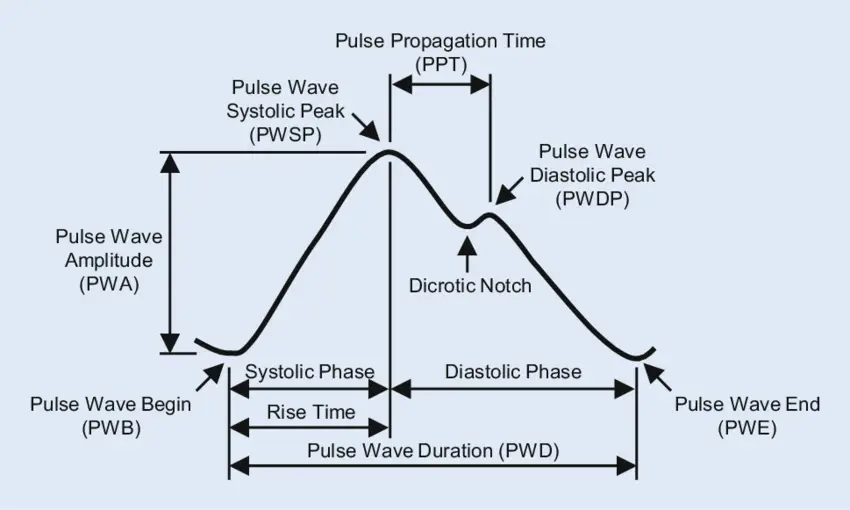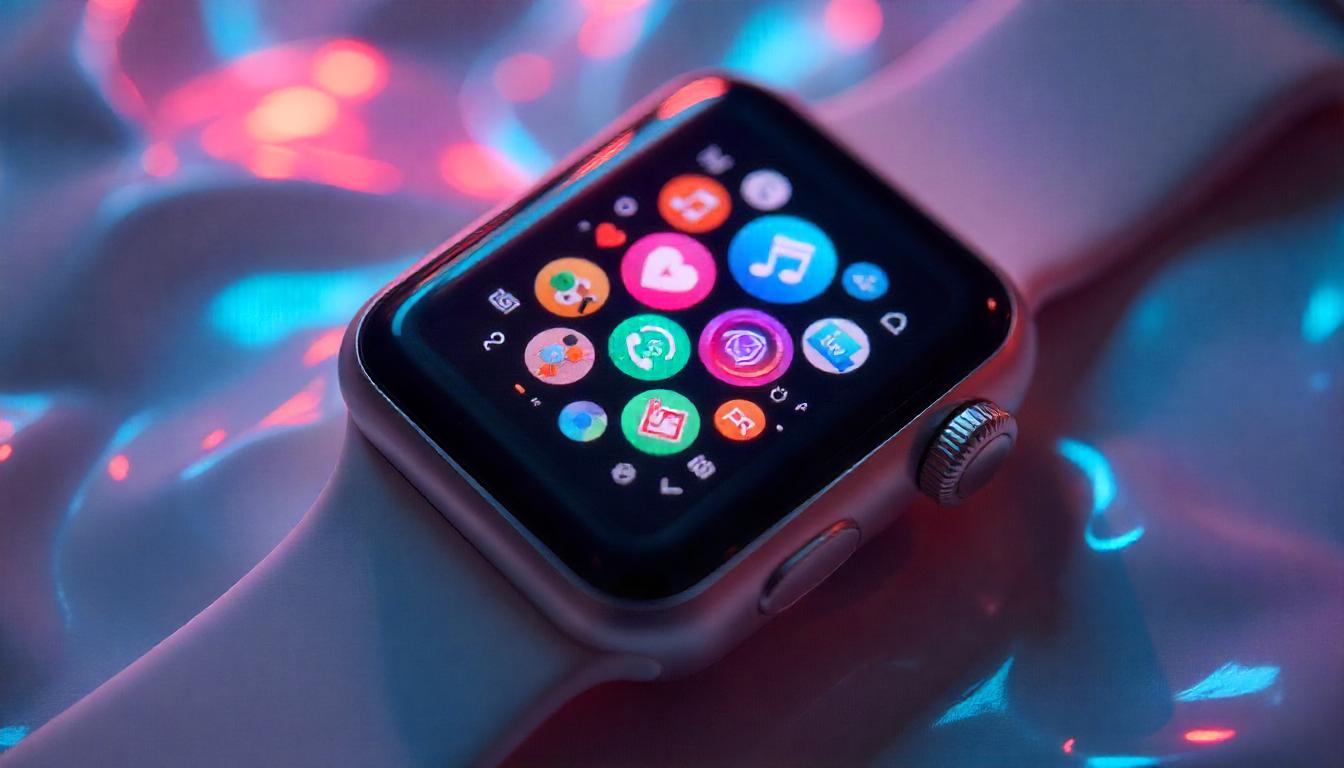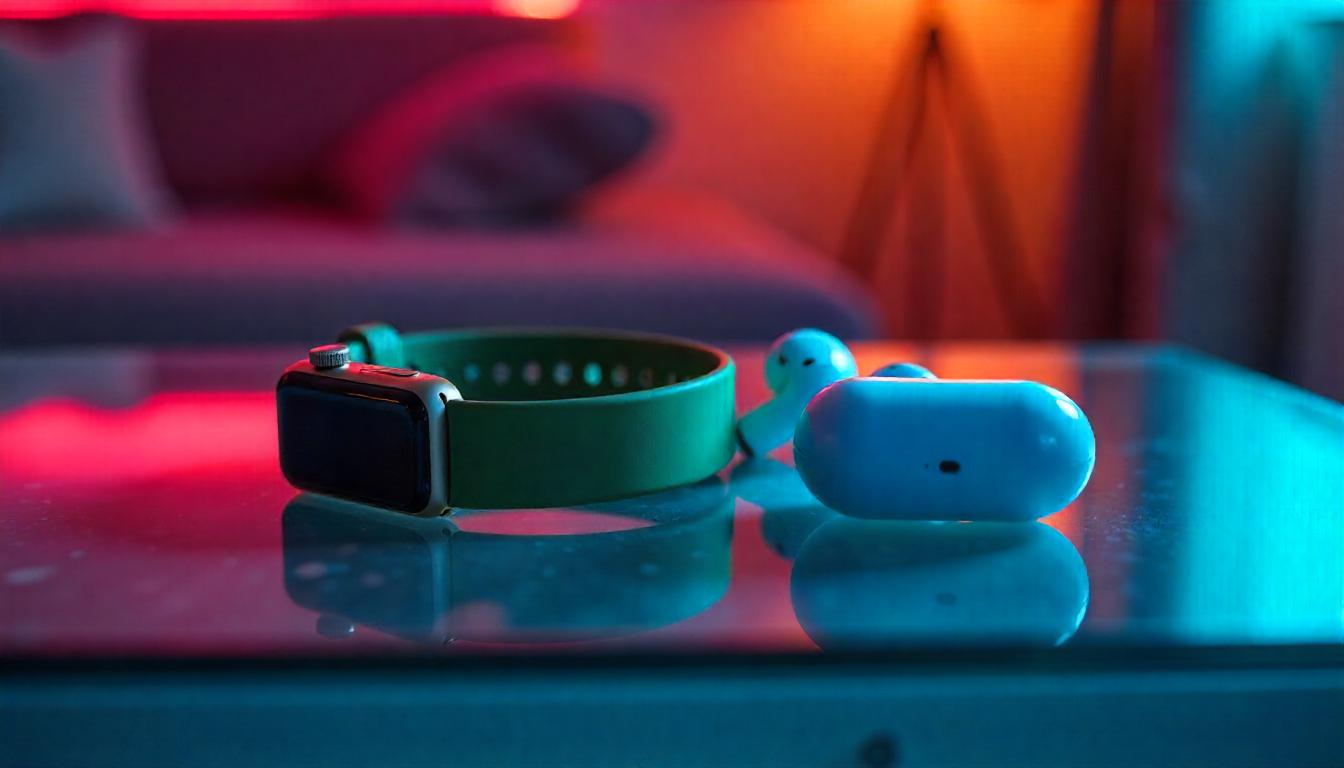Smartwatches have increasingly become popular for monitoring various health metrics, including blood pressure. This capability varies significantly among different models and brands, with some offering more advanced features than others. Despite this, cuffless smartwatch blood pressure monitoring is a capability that most major smartwatch manufacturers haven’t been able to incorporate into their products.
So the question arises, why is blood pressure monitoring so difficult to adapt to modern smartwatches?
To answer this, we will start with the basics.
Monitoring Your Blood Pressure: What It Means
Blood pressure simply put, is the amount of pressure exerted on your arterial walls due to blood flow.
There are a variety of ways in which blood pressure can be monitored. The most accurate method is inserting a tube (arterial cannulation) in your arterial vein which is rather invasive and not often used in routine measurements.
The most common method is done with a sphygmomanometer and a stethoscope, usually in a clinical setup, in which a medical professional uses an inflatable cuff and positions it above the elbow, the medical professional then squeezes a rubber bulb. As the cuff inflates, it applies pressure to the arm, temporarily stopping blood flow.
The pressure gauge then displays the amount of pressure inside the cuff, displayed in millimeters of mercury (mmHg).
Manual sphygmomanometers are also very common, a stethoscope is used to listen for specific sounds as the cuff deflates. The medical professional releases the air inside the cuff, allowing blood to flow again (systolic pressure), as the blood flow reaches normal levels (diastolic pressure) the heart rests between beats.
Digital electronic blood pressure devices also work in a similar way. After the cuff is inflated the device senses vibrations in the artery as blood starts to flow and calculates the systolic and diastolic pressures and displays the output visually on a screen.
Why is it important to keep track of your blood pressure?
High blood pressure often develops gradually and can go unnoticed for years, which earns it the nickname “the silent killer”.
According to the World Health Organization (WHO), hypertension affects about 1.28 billion adults worldwide, with a staggering 46% of them unaware of their condition. Moreover, the American Heart Association (AHA) reports that high blood pressure contributes to nearly 500,000 deaths annually in the United States alone. Globally, hypertension is responsible for approximately 7.5 million deaths each year, making it one of the leading causes of mortality.
For instance, when blood pressure is high, it means that the heart is working harder to pump blood through narrow or stiffened arteries, over time, the extra force against the arterial walls can damage the inner lining of the vessels,
Such damage, in turn, leads to a build-up of fatty deposits, or plaque, which constrict the flow of blood to move smoothly, creating a dangerous cycle where the heart continues to strain and blood pressure rises further.
This is where regularly checking your blood pressure could allow you to catch early signs of hypertension and make necessary lifestyle changes or seek medical intervention.
How Accurately Can Smartwatches Measure Blood Pressure?

Most research into cuffless blood pressure monitoring is focused on existing smartwatch sensors such as optical heart rate sensors and blood oxygen saturation sensors.
The most utilized primary sensor in smartwatches is called a photoplethysmogram (PSG) which measures changes in blood volume using an LED. Some of them use additional sensors, such as electrocardiograms (ECG), which further enrich blood pressure estimation by monitoring the electrical activity of the heart.
The hard part is turning the raw data from these sensors into accurate blood pressure readings. This is calculated through a collection of sensors, algorithms, and calibration techniques working together to estimate blood pressure.
While there isn’t a “right” way of determining the calculations with a smartwatch here are some of the techniques used:
Pulse Wave Analysis

Samsung offers blood pressure readings via its Samsung Health Monitor App using pulse wave analysis (PWA).
According to Samsung:
“The Galaxy Watch 5 series has the technology to be able to measure the wearer’s blood pressure. Using a function called pulse wave analysis, which powers the heart rate sensor, the Galaxy Watch 5 series is not only able to track your heart rate but your blood pressure, too.”
The main idea is that greater blood flow leads to higher blood pressure.
Pulse Wave Analysis is only a relative measurement of the actual blood pressure, meaning it can’t detect the absolute blood pressure in mmHg. This is a reason Samsung informs everyone to recalibrate their Galaxy Watch every 28 days.
Pulse Arrival Time
Pulse Arrival Time (PAT) is also a common technique used in wearable blood pressure monitoring.
It involves calculating the time it takes for a pulse wave to travel from the heart to a peripheral site, typically measured between the heart’s electrical activity (detected via an electrocardiogram or ECG) and the arrival of the pulse wave at a distant point like the fingertip or wrist (detected by a photoplethysmogram or PPG sensor).
Just like PWA, Pulse Transit Time is only a relative measuring technique requiring recalibrations.
Pulse Transit Time
Another technique smartwatches use is called “Pulse Transit Time (PTT)”. This is the time it takes for the arterial pulse wave to travel between two points in the vascular system. It’s often used as a non-invasive marker to estimate cardiovascular health.
But let’s say it right now: while the ease and convenience of the readings for blood pressure via smartwatches are great, they are less accurate than those measured with a traditional cuff.
Current challenges
Smartwatch OEMs are facing massive challenges with integrating blood pressure measuring features into their products. Such challenges could be accuracy issues with smartwatches requiring re-calibration and measuring only the relative changes in blood pressure.
Personal variability with users is also a big challenge with skin tone, arterial stiffness, and hydration levels affecting PTT-based methods in a strong way. Changes in skin temperature affect optical sensors as well, which influences PWA-based blood pressure estimates.
PPG optical sensors are heavily affected by poor contact with the skin, wrist hair, tattoos, or darker skin tones. Movement; walking, exercising, or even subtle wrist movements can introduce noise.
As expected, dealing with these challenges increases the price of the watch drastically. As of now high-end smartwatches feature blood pressure monitoring. Higher cost means lower accessibility to more people.
Cuffless Monitoring
Cuffless is the way to go, this is a non-invasive method of blood pressure monitoring without the use of the traditional inflatable cuff found in standard sphygmometers.
Cuffless monitoring offers a more convenient, continuous, and wearable way of tracking your blood pressure and is mostly used in smartwatches.
Although convenient, cuffless monitoring devices go through rigorous and intensive tests to be cleared for medical use, many smartwatch models lack FDA certification.
Looking Into The Near Future
Although there are many challenges for OEMs to overcome, measuring blood pressure accurately and reliably could be a reality with such rapid advances in technology.
FDA Cleared Smartwatches
Medical devices with FDA-clearance certification are not the same as devices that are FDA-approved. The two terms are far-apart and should not be confused.
FDA-approval applies to high-risk, innovative devices requiring extensive testing, while FDA-clearance is for moderate-risk devices that are equivalent to existing technologies.
As of 2024, there are a handful of smartwatches that received FDA-clearance in blood pressure monitoring:
- Omron HeartGuide
- LiveMetric LiveOne
















